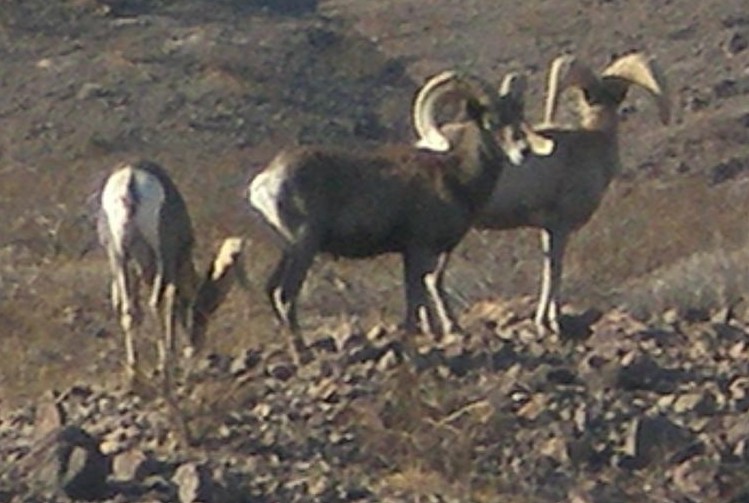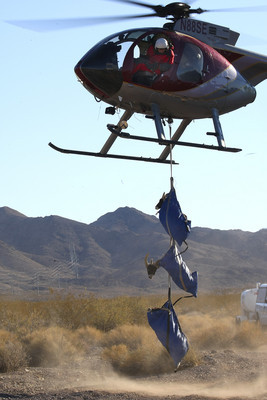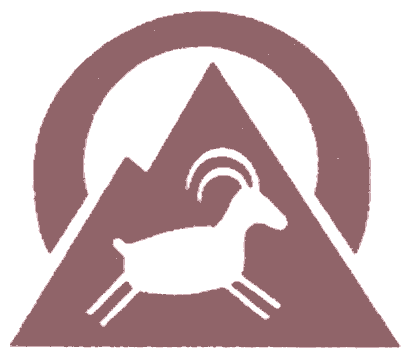Desert Bighorn Sheep (Ovis Canadensis) – Range throughout the River Mountains an are often seen on or next to the trail. Rams grow to 5 to 6 feet long, ewes grow 4 to 5 feet; study, muscular build; brown to tan with white belly, rump, muzzle and eye patches.
Rams have massive horns that grow over and behind the ears in a C-shaped curl. Horns are permanent and grow incrementally year by year. It may take 7 to 8 years for a ram to acquire a full curl. Ewes have a shorter, more slender horns that curve gently back.
The River Mountains are perfect habitat;  for the bighorn sheep occupy rough, precipitous terrain near sources of permanent water. Bands follow regular feeding routes and maintain bedding grounds that may be used for years. The desert bighorn sheep is Nevada’s state mammal.
The sheep population in the River Mountains is estimated at 200+. In order to protect this herd of sheep the BLM has designated a good portion of the Northwest mountain range as an “Area of critical Environmental Concern” (ACEC) to help protect this productive herd of bighorn sheep. Each year to keep this herd in balance the National Wildlife Service culls the herd by capturing sheep and re-locating into other mountain ranges in Nevada and elsewhere in the west.
The symbol or image used to identify the River Mountains Loop Trail is an image of a Bighorn Sheep on a mountain with the sun rising behind or the moon. The sheep image is copied from the local rock art symbol for bighorn sheep used by Native Americans. This logo is used on maps, trail kiosks, trail monuments etc.
Photo Gallery Big Horn Sheep:




